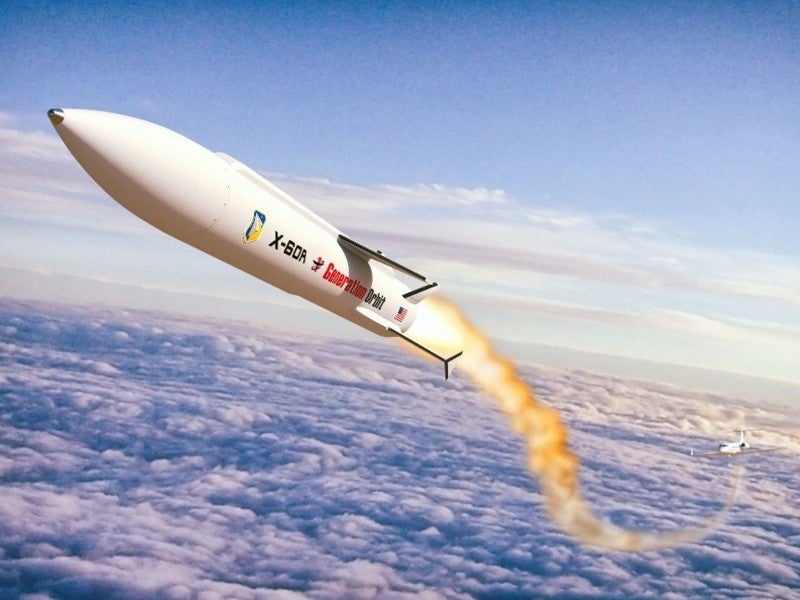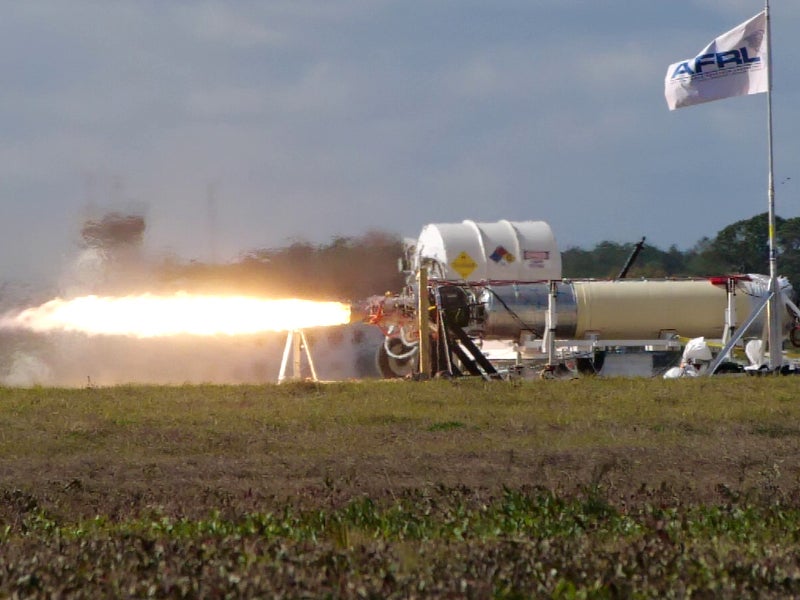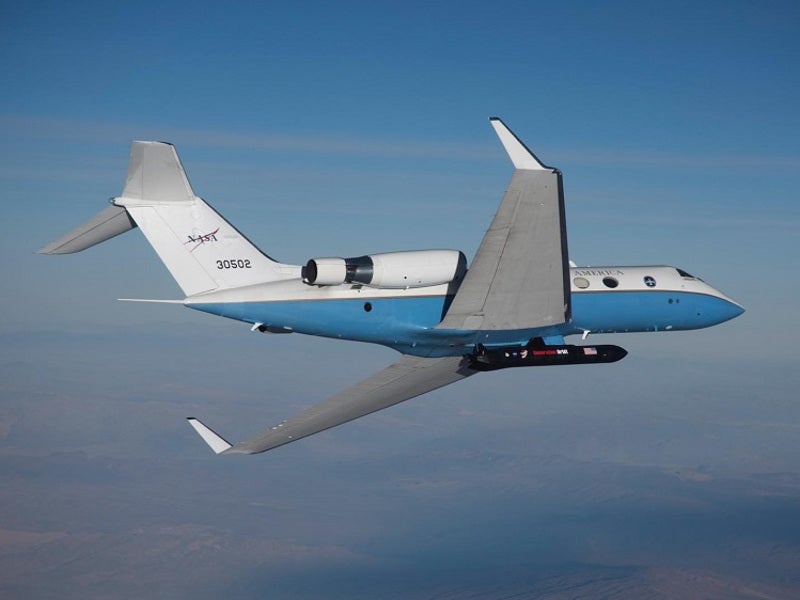X-60A is a hypersonic flight research vehicle being developed by Generation Orbit Launch Services for the US Air Force Research Laboratory (AFRL). It was previously known as the GOLauncher 1.
X-60A is a small high-speed flight testbed designed to perform research and development of future hypersonic flight systems.
It is expected to serve as an ideal platform for the USAF, the US government agencies, and research communities to demonstrate new technologies such as scramjet flow path components, high-temperature structures, autonomous control systems, and advanced aerodynamic configurations.
X-60A development
The High-Speed Systems Division of the AFRL’s Aerospace Systems Directorate in collaboration with Generation Orbit is responsible for the X-60A development. The project forms part of the Air Force Small Business Innovative Research (SBIR) programme. It is the first Air Force SBIR programme to obtain an experimental ‘X’ title.
Generation Orbit conducted three captive carry flights with an actual vehicle size inert model in December 2017.
A hot fire test of a full-scale, operational prototype of the X-60A vehicle was completed in June 2018. The test validated the incorporation of propulsion and propellant feed systems, as well as the pressurisation system and flight controls. The throttling capabilities of the vehicle were also demonstrated during the test.
The GOLauncher1 hypersonic flight research vehicle was designated as X-60A by the AFRL in October 2018.
The critical design review (CDR) of the X-60A programme was completed in March 2019, marking the start of the fabrication phase. The integrated propulsion system validation ground testing was completed in January 2020. The first flight of the hypersonic vehicle is expected to take place in the second or third quarter of 2020.
Design and features of X-60A
X-60A features an adaptable front section and flight profile to meet the changing requirements of the hypersonic flight technology. It is fitted with a small delta wing that improves the overall manoeuvrability of the platform.
The expendable research platform also integrates an onboard flight telemetry system to gather research data. The hypersonic vehicle can support multiple flight profiles and can attain speeds ranging between Mach 5 and Mach 8 in-dash mode, while carrying a test payload.
It can carry a maximum payload of 91kg for high altitude microgravity research flights and up to 318kg for hypersonic test flights.
The vehicle can also be used to demonstrate alternate test flight profiles according to the research requirements. The low-cost platform further offers uninterrupted access to hypersonic flight conditions. The vehicle will also deliver affordable launch services which will reduce the burden on payload integration.
X-60A is designed to be launched from a modified business jet carrier aircraft such as a NASA C-20A, a military variant of the Gulfstream III business jet.
X-60A engine and performance
The X-60A is powered by single-stage rocket engine supplied by Ursa Major Technologies. Its propulsion system integrates a Hadley liquid rocket engine burning liquid oxygen and kerosene propellants. The engine generates a maximum thrust of a 5,000lbf at sea level.
The liquid propulsion system of the vehicle will deliver increased performance and mission flexibility compared to conventional solid booster systems.
The propulsion system will enable inexpensive and regular access to high dynamic pressure flight conditions. It will allow the vehicle to fly at a maximum speed of Mach 8 and reach a maximum altitude of 13,000ft. The X-60A vehicle lacks space launch capabilities to transport payloads to orbit.






